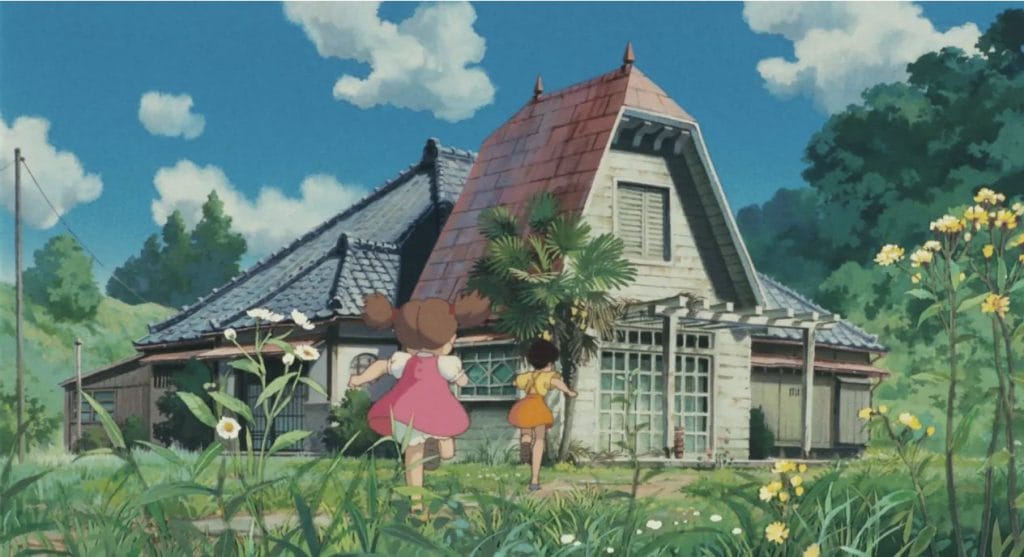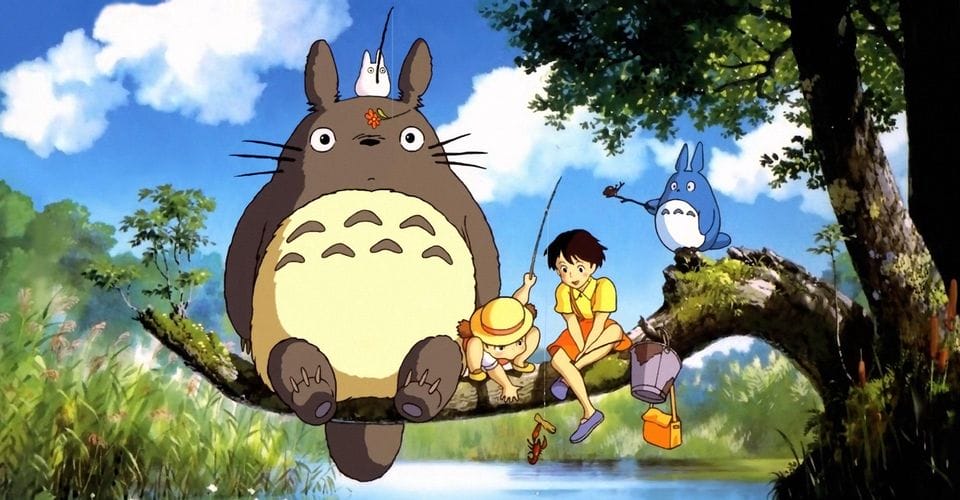Why Kiki’s Delivery Service Is Still One of Miyazaki’s Best Films

Kiki’s Delivery Service might be 30 years old, but it’s still casting a spell over audiences with its simple charms to this day.
Long before anime became mainstream, Kiki’s Delivery Service took root in the public consciousness of so many children in the ’90s and beyond. The film, which celebrated its 3-th anniversary last week, introduced many to the wonders of Studio Ghibli and Hayao Miyazaki, who stands as one of the most acclaimed animation directors of all time.
Yet on paper, it might not make sense why Kiki’s Delivery Service has become such a beloved classic.The film has a low-stakes plot and relatively simple characters. Despite that, the film was enchanting when it debuted and hasn’t lost any of its magic to this day. Now, CBR is taking a look back at what makes Kiki’s Delivery Service not only a great animated film but also just a great film.
A Simple Story

The story for Kiki’s Delivery Service is very simple. A young witch in training, Kiki, sets off with her black cat, Jiji, set off as a trainee witch. To complete her training, she just needs to see the world and explore it. She stops at a port city, settles in, takes work delivering baked goods, and just lives her life.
The film’s plot is simple. Kiki is just a girl who works hard, meets people, interacts with those around her. Kiki isn’t fighting for the safety of the world. Her biggest concerns are figuring out where to go when she arrives at the city and trying to deliver baked goods on time.
Conflicts don’t arise until the final act, where Kiki’s abilities start to falter, and she no longer can understand Jiji and can’t fly. Her powers flickering, however, coincides with her emotional state. At this point in the story, she’s become disenchanted with herself and the world, and only when she believes in herself again can she use her powers once more.
Total Immersion

Some stories aspire for complexity or to entertain, but others just try to immerse you in a world. In this film, director Hayao Miyazaki takes a more playful, magical approach to this immersion, but accomplishes this all the same.
RELATED: A Studio Ghibli Re-Release Is Destroying Toy Story 4 In China
To say Kiki’s Delivery Service is beautifully animated is an understatement. It is one of the most gorgeous films ever. With picturesque landscapes, the coast town of Koriko is bustling and alive in ways few animated towns ever are. The flying sequences are among the best animated scenes in Ghibli’s body of work, from the sweeping visuals to the little jostles of the broom. Even tiny details like how a radio dangles from the broom stick help cast a spell over viewers. Joe Hisaishi’s soundtrack adds feeling and emotion that complements every scene, while remaining internally consistent with its leitmotifs and recurrent melodies.
Since the core plot of the film is so simple, every tiny conflict draws attention. Because so many episodic events are introduced and resolved, viewers feel they’ve gone through more with Kiki. Even though the film is only 103 minutes, it feels like you’ve spent hours in the film’s dreamy world.
Little Characters And Little Moments

Kiki and Jiji are arguably the most iconic characters in the film, but there are so many memorable characters who make an impact after popping up for a few moments here and there. The film utilizes every scene to relay as much character and warmth as possible.
Of course, there is Tombo, a lovable dork who admires Kiki (though whether or not his feelings are platonic or romantic remain ambiguous). There’s Osono, a motherly, loving baker who is also very pregnant and Ursula, a young painter who lives in the woods, admiring nature, living independently of the world.
RELATED: Hayao Miyazaki And Son Reportedly Making Two New Studio Ghibli Films
In the same way those supporting characters stand out, several small moments like equally adored. Kiki collapsing on her bed after a long day of work has become almost mimetic. Scenes like that aren’t great action sequences or moments of adventure, but they’re tiny, personal character moments that make the film’s world feel so comfy.
The Dub

Another important thing about this film is that it was the first of many Studio Ghibli films to be distributed in the west by Disney. The original release that many Westerners grew up on added several pop-songs to the soundtrack (which are nostalgic in their own right) as well as numerous added lines by Phil Hartman, who was killed shortly after the dub’s release.
For many, this was the first introduction kids in America had to this beautiful film. Later releases removed these added elements. There remains an ongoing debate among enthusiasts about whether or not removing Hartman’s lines from the film is disrespectful to his memory or if the addition in these lines in the first place was disrespectful to Miyazaki’s original vision. Discussions like this give life to Kiki’s Delivery Service beyond the limits of the narrative.
A Lonely, Vulnerable Girl

However, the brilliance of Kiki’s Delivery Service runs deeper. It is also a thematically resonant film, on top of just being a charming one. The film is a coming-of-age film that works because it emphasizes a few things — often just through visual storytelling alone.
Kiki is an isolated and vulnerable character. At no point does she have any special skills that make her equipped to handle any of the situations provided to her. She starts off her story surrounded by people who love her, only to end up alone. Because of this, any touch of warmth added to her life feels all the more resonant, because it contrasts that prior isolation.
However, even when isolated, Kiki has Jiji. Until she doesn’t. That sense of isolation is contrasted by Ursula, an artist who seems to thrive off being independent. It’s further contrasted by the warm, welcoming providers like Osono, a mother who runs a business and is clearly able to keep herself fed and warm and financially stable. And all the while, she offers Kiki an opportunity to became as stable as herself.
By the end of the film, Kiki is entirely self-sufficient. She has a support system around her. And even though Jiji can no longer offer her the voice of reason she needed before to keep going, she is in many respects able to handle herself.
While the film’s plot is hardly revolutionary, the film’s charms have cast a spell over audiences for 30 years, and this simple, timeless tale of self-discovery is just an enchanting today as it was when it premiered.










